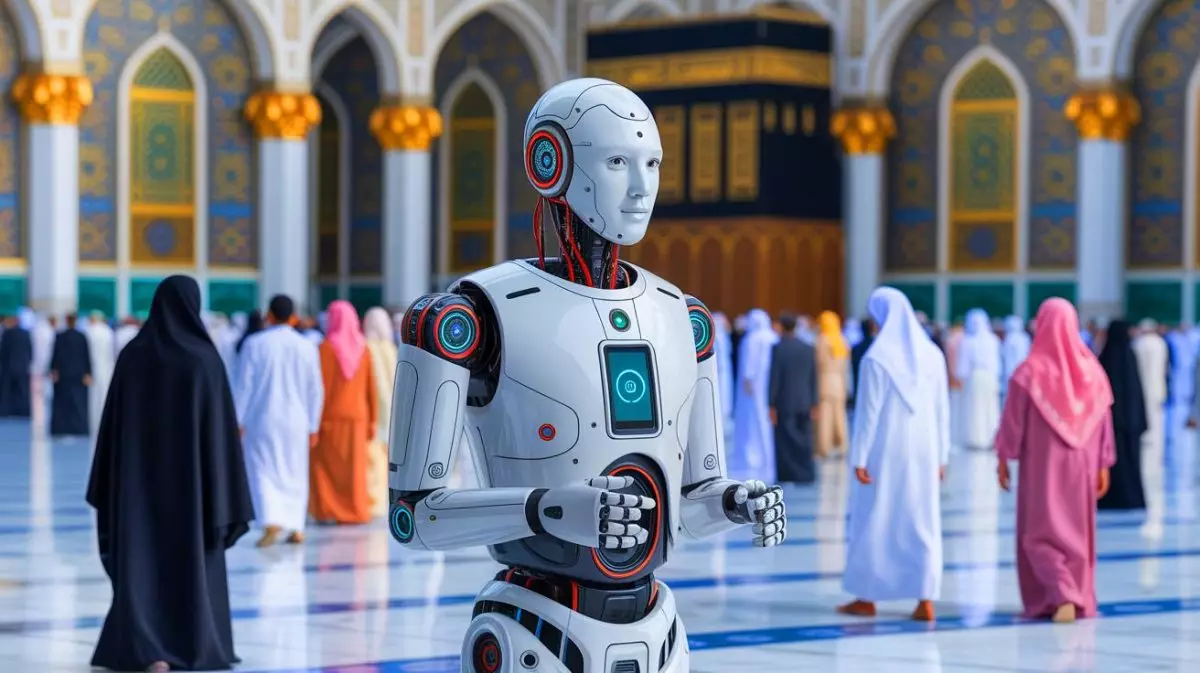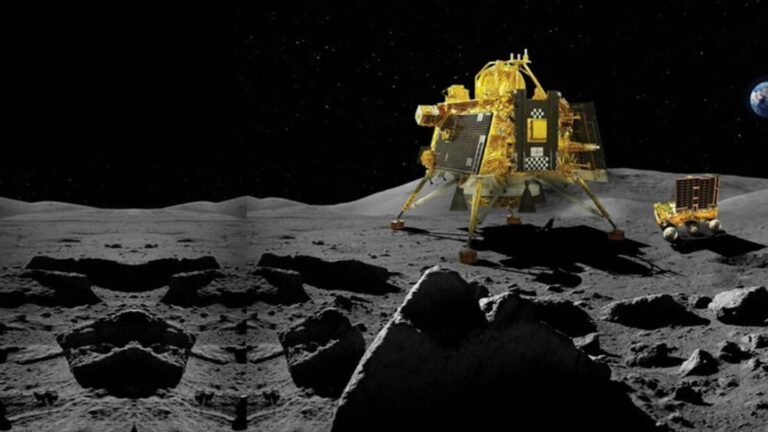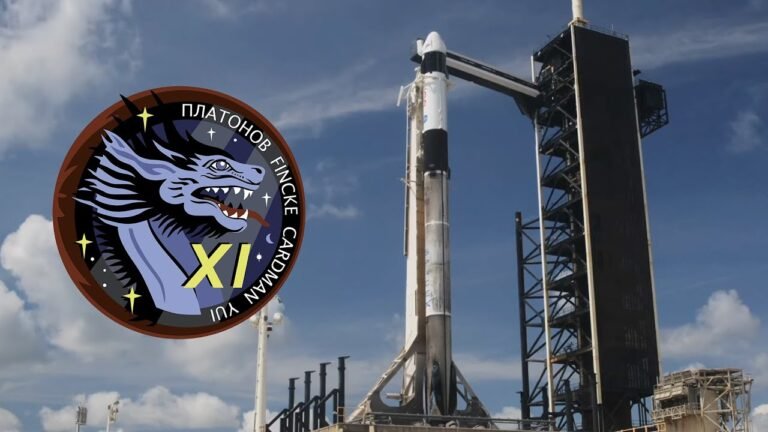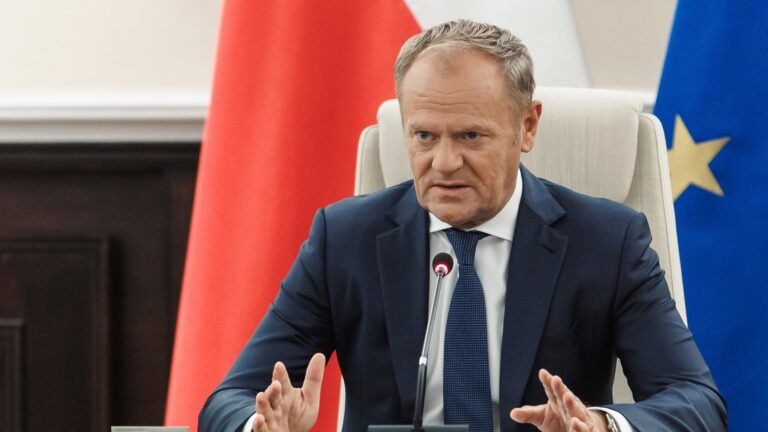In a groundbreaking move blending tradition with modern technology, Saudi Arabia has introduced the AI-powered Manara Robot to assist pilgrims at Mecca’s Grand Mosque. As millions prepare to embark on the sacred Hajj pilgrimage, this innovation marks a significant step in enhancing the spiritual journey of visitors. The robot offers real-time religious guidance in various languages, epitomizing the kingdom’s strategy to merge age-old practices with cutting-edge technology. This initiative not only highlights the significance of Hajj but also showcases Saudi Arabia’s commitment to improving the pilgrimage experience. As we delve deeper, let’s explore how this technological marvel is reshaping the pilgrimage landscape.
Robot Delivers Real-Time Religious Guidance in 11 Languages
The introduction of the Manara Robot at Mecca’s Grand Mosque represents a pivotal moment in religious technology. This AI-driven robot is equipped to provide real-time religious guidance to pilgrims from diverse linguistic backgrounds. Supporting 11 languages, including Arabic, English, Urdu, Bengali, and Malay, it serves a wide array of the global Muslim community. These capabilities ensure that language barriers do not hinder the spiritual journey of pilgrims who travel from all corners of the world.
At the heart of its functionality, the robot utilizes a comprehensive database of religious rulings, known as fatwas, to address frequently asked questions about Sharia-related matters. This feature underscores the robot’s role as an intelligent reference for religious inquiries. For more complex questions beyond the database’s scope, the robot facilitates direct video calls with qualified scholars, thereby maintaining the sanctity and accuracy of religious teachings.
The Manara Robot is designed with Islamic decorative motifs, reflecting the architectural elegance of the Two Holy Mosques. It boasts a 21-inch touchscreen, high-resolution cameras, and a 5G wireless network, ensuring seamless interaction and navigation within the mosque. This harmonious blend of cultural heritage and advanced engineering sets a new standard for integrating technology into religious practices.
Hajj Preparation Includes Smart Crowd Management Tools
As Hajj approaches, Saudi Arabia is implementing advanced smart crowd management tools to efficiently handle the annual influx of pilgrims. The integration of these technologies is crucial for maintaining a safe and organized pilgrimage. Ground sensors and gate readers positioned at key mosque entry points facilitate real-time monitoring of pedestrian flow, ensuring the smooth movement of worshippers.
AI-powered surveillance systems play a vital role in detecting potential congestion areas, allowing authorities to redirect movement and prevent overcrowding. This proactive approach not only enhances safety but also preserves the sanctity of the pilgrimage by minimizing disruptions.
These innovations are part of Saudi Arabia’s broader strategy to utilize technology in both spiritual and logistical contexts. As the nation embraces AI and smart technologies, it underscores a transformative shift in how traditional religious practices are conducted, ensuring they evolve to meet modern demands while retaining their sacred essence.
Broader Robotics Push
The Manara Robot is not an isolated endeavor but rather part of a larger national push towards adopting robotics and AI. Earlier this year, Saudi Arabia unveiled “Sara,” the country’s first humanoid robot, capable of conversing in both Arabic and English. Sara is designed to represent the Kingdom’s cultural and social values through AI-driven interactions.
This expansion into robotics signifies Saudi Arabia’s commitment to enhancing cultural engagement and religious services through technological advancements. These initiatives align with the Kingdom’s Vision 2030 goals, which aim to diversify the economy and modernize society by leveraging cutting-edge technology.
As Saudi Arabia continues to invest in AI and robotics, the implications for both cultural and economic landscapes are profound. The nation is poised to emerge as a leader in technological integration within religious contexts, setting a precedent for others to follow.
The introduction of the Manara Robot at Mecca’s Grand Mosque is a testament to Saudi Arabia’s innovative spirit, merging the sacred with the technological. As millions of pilgrims prepare for Hajj, this robot symbolizes a new era of religious practice, one that respects tradition while embracing progress. As we reflect on these advancements, the question remains: How will technology further transform religious experiences worldwide in the years to come?
{Input From Rudebaguette}




















